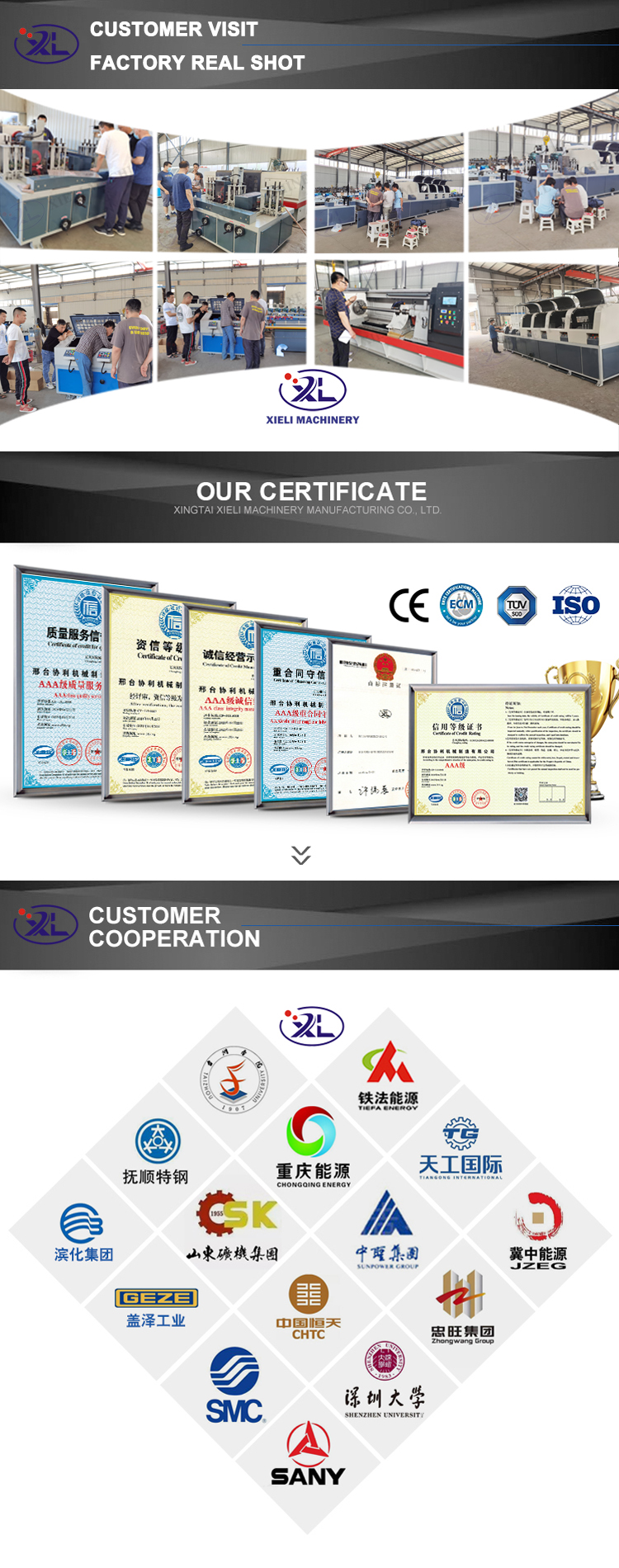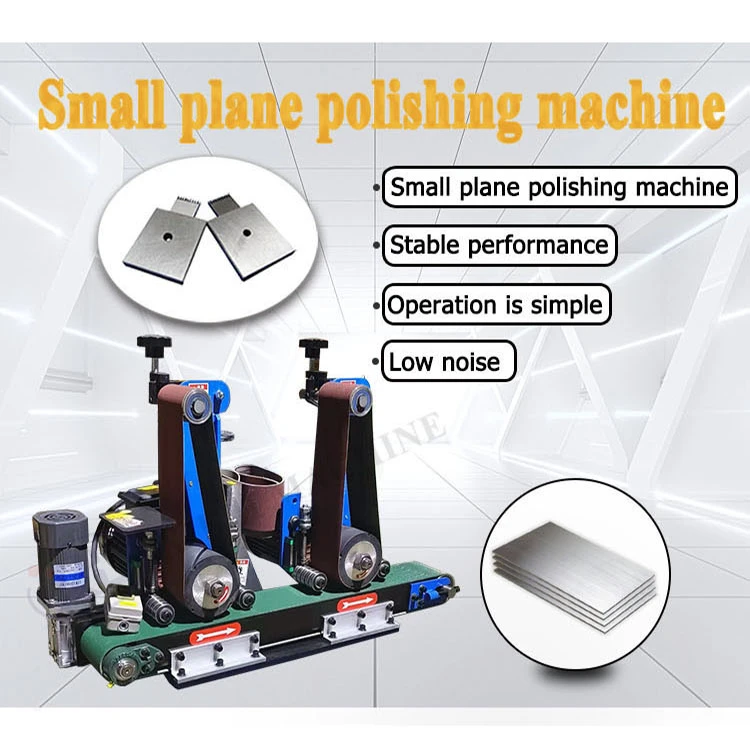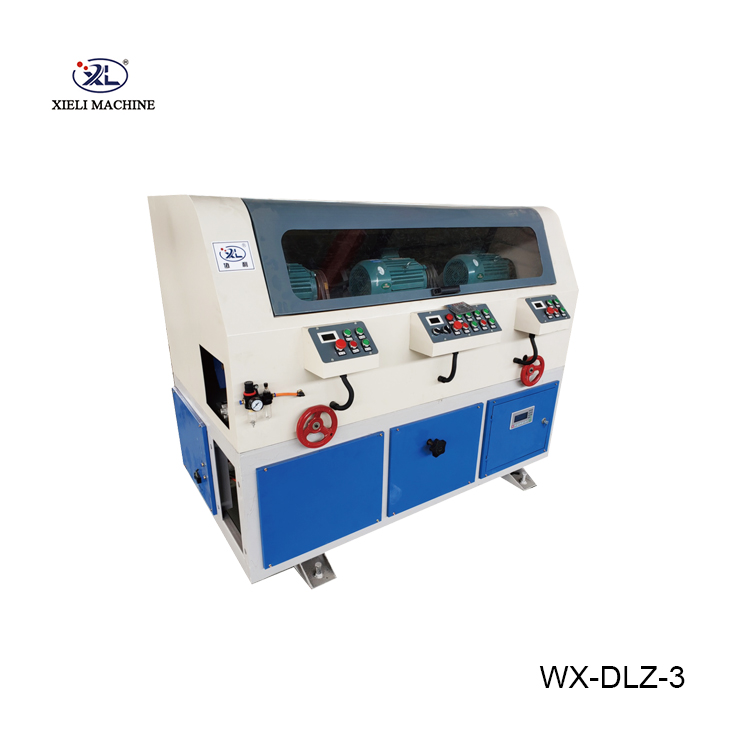Exploring Flat Surface Polishing Machines
In today’s industrial landscape, the need for high-quality finishes on various materials has become paramount. From metal and glass to wood and plastic, the requirement for precision and aesthetics drives manufacturers to seek out effective polishing solutions. Among the myriad of options available, flat surface polishing machines stand out for their efficiency and capability to deliver superior results. This article delves into the significance of these machines, their operational principles, and the considerations when acquiring one.
Importance of Flat Surface Polishing Machines
Flat surface polishing machines are designed specifically to refine flat surfaces, ensuring consistency in finish and texture. This is particularly critical in industries such as automotive, aerospace, electronics, and furniture making, where surface quality can influence performance and product appeal. A smooth, polished finish not only enhances the visual appeal of a product but also improves its durability and resistance to environmental factors.
The ability to produce a high-gloss finish can be a competitive advantage for manufacturers. With customer expectations continually rising, investing in advanced polishing technology is essential for maintaining quality standards. Flat surface polishing machines ensure that every piece is finished to perfection, minimizing human error and increasing throughput.
How Flat Surface Polishing Machines Work
The operational mechanics of flat surface polishing machines typically involve the use of a flat polishing pad or belt that rotates over the surface of the material being polished. These machines may employ various techniques, including mechanical abrasion, chemical polishing, and even ultrasonic methods, depending on the material requirements and desired finish.
1. Mechanical Abrasion This traditional approach uses abrasives to wear down the surface and create a smoother finish. The process involves gradually moving from coarse to finer abrasives to achieve the desired level of polish.
2. Chemical Polishing For certain materials, chemical agents can enhance the polish without the need for extensive mechanical abrasion. This method is particularly useful for sensitive materials that may be too soft for mechanical processes.
3. Ultrasonic Polishing This advanced technique uses ultrasonic waves to agitate a polishing medium in contact with the surface. The vibrations allow for a deeper penetration of the polishing compound, leading to a superior finish on intricate designs.
flat surface polishing machine quotes

Choosing the Right Flat Surface Polishing Machine
When considering a flat surface polishing machine, several factors come into play
- Material Compatibility Ensure that the machine is suitable for the types of materials you intend to polish, whether they are metals, plastics, or composites.
- Production Volume Assess your production needs and choose a machine that can handle your volume requirements without compromising quality. Machines vary in speed, capacity, and automation features.
- Ease of Use User-friendly controls and straightforward maintenance procedures can significantly influence operational efficiency. Depending on the workforce's skill level, consider machines with programmable features or those that require minimal training.
- Cost and ROI The initial investment in a flat surface polishing machine can be substantial. However, evaluate the long-term benefits, such as reduced labor costs, increased throughput, and improved product quality, to determine the return on investment.
- Supplier Reputation Partnering with a reputable supplier can ensure access to quality machinery and after-sales support, including spare parts and maintenance services.
Conclusion
Flat surface polishing machines play a critical role in enhancing the quality of finished products across various industries. By understanding their operation, the different means of polishing, and key considerations for selection, manufacturers can make informed decisions that align with their quality demands and operational goals. As technology continues to evolve, investing in such machinery will likely become more crucial for staying competitive in today’s marketplace. Embracing the capabilities of flat surface polishing machines can lead to not only improved product aesthetics and performance but also increased customer satisfaction and loyalty.





